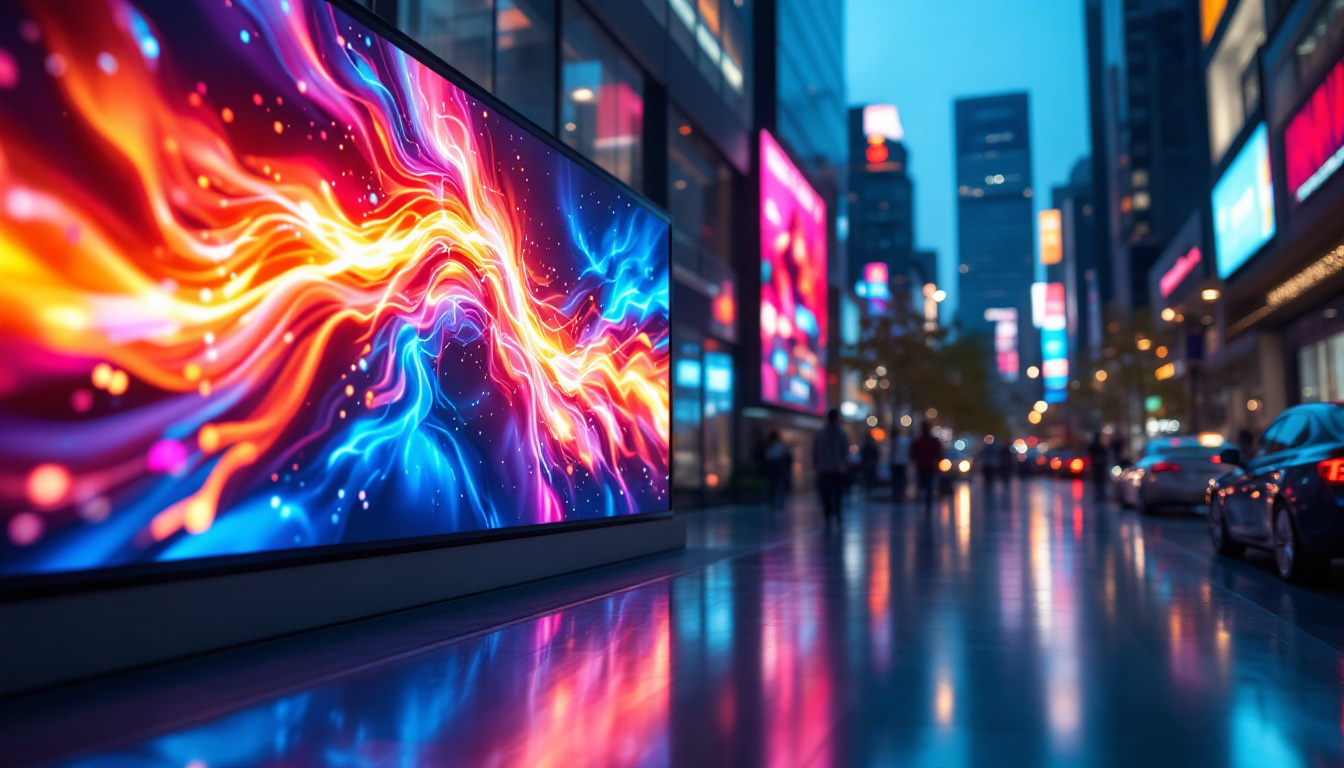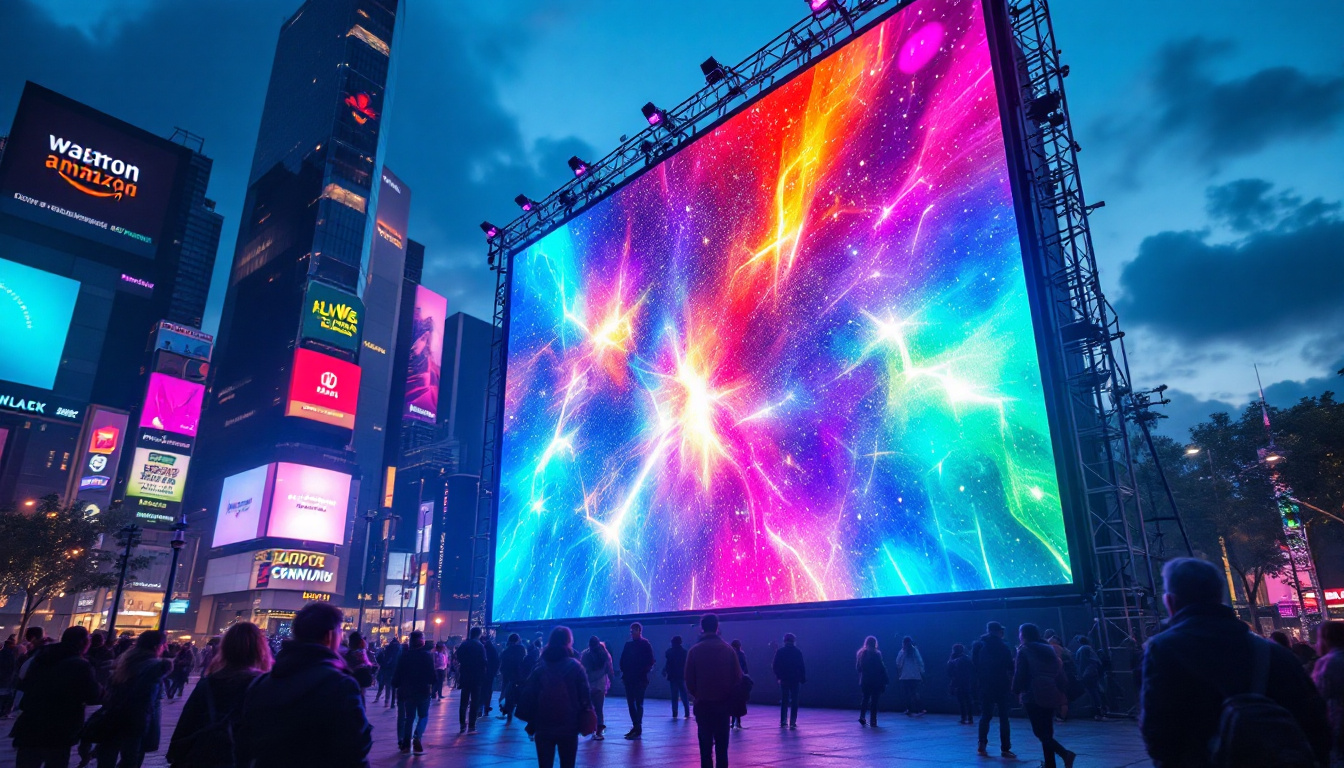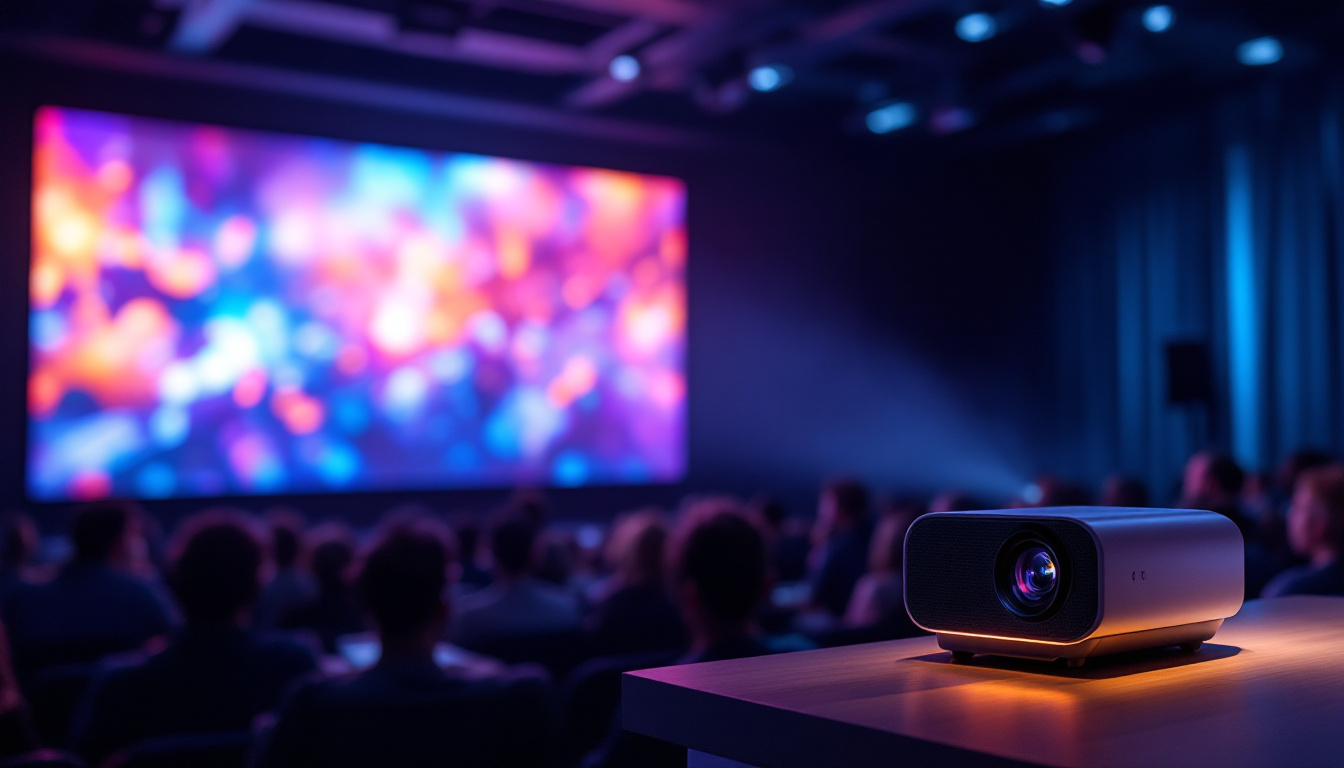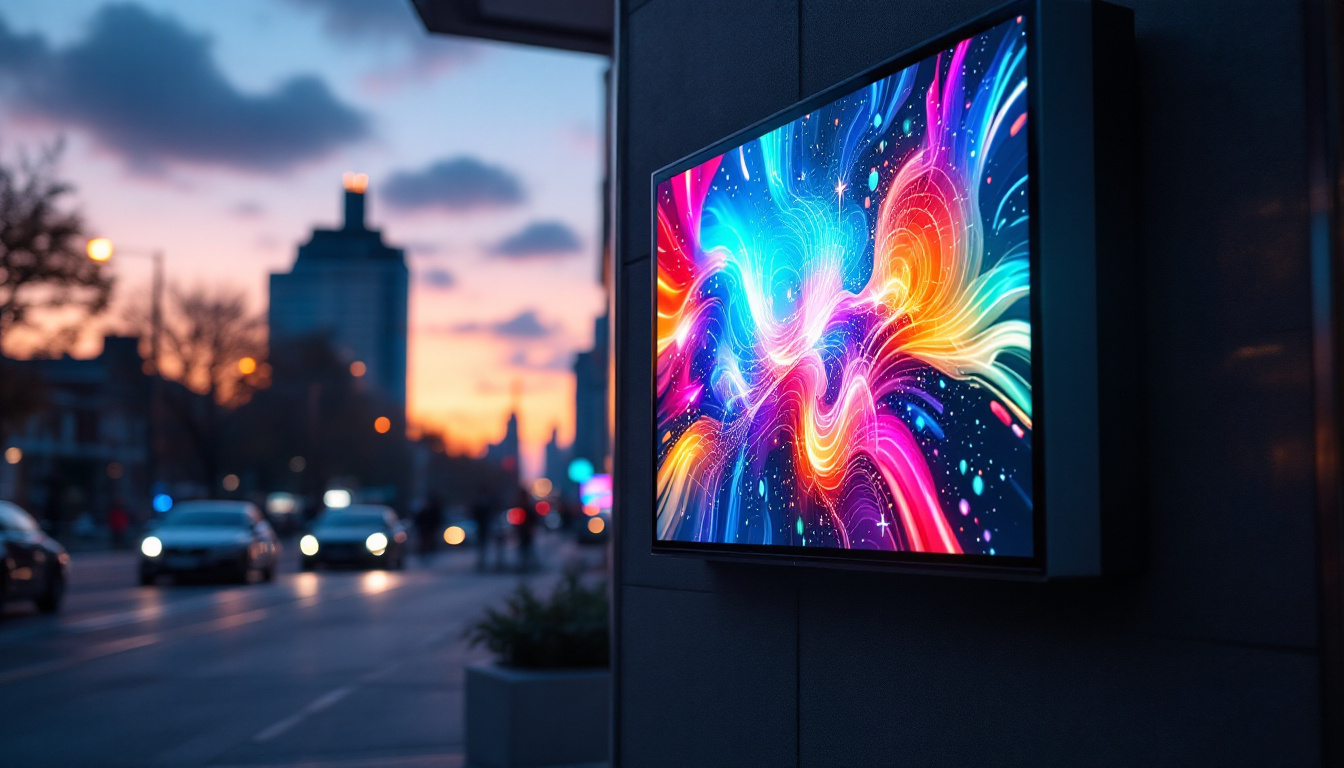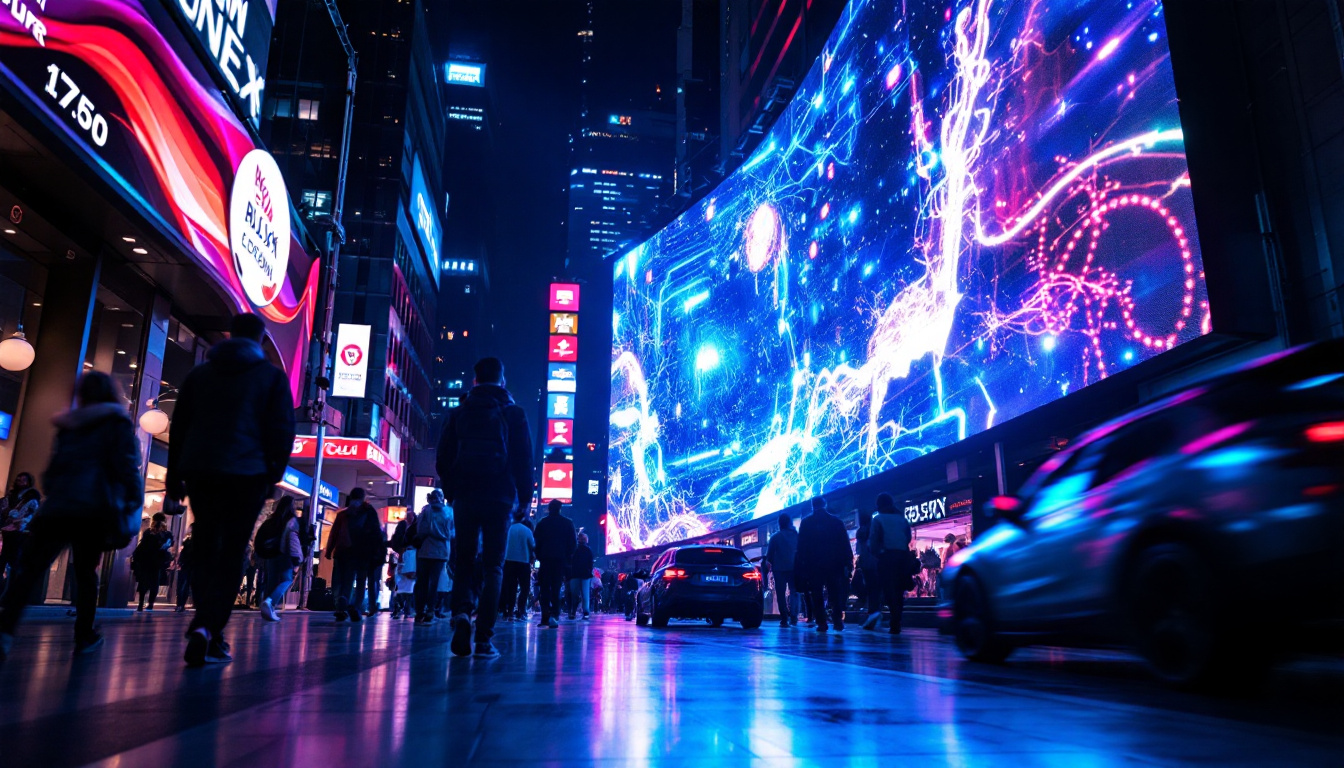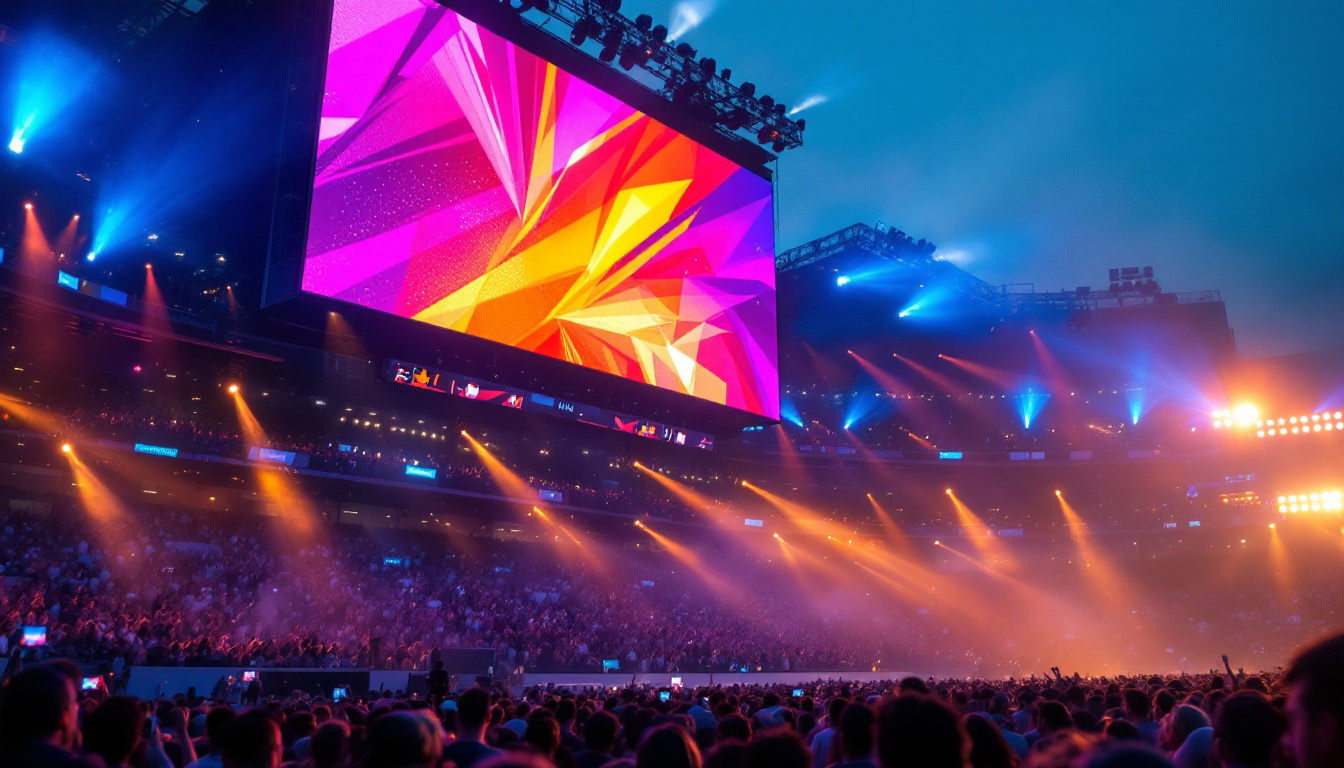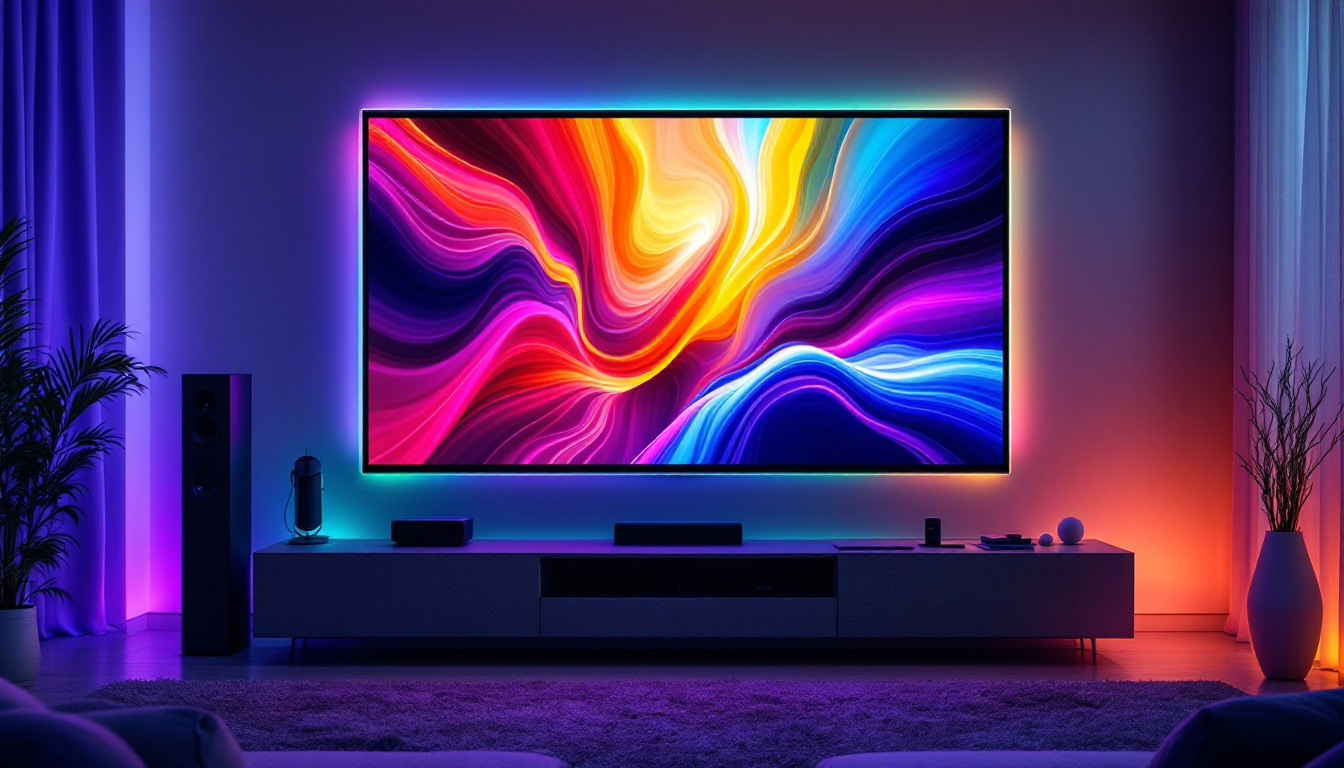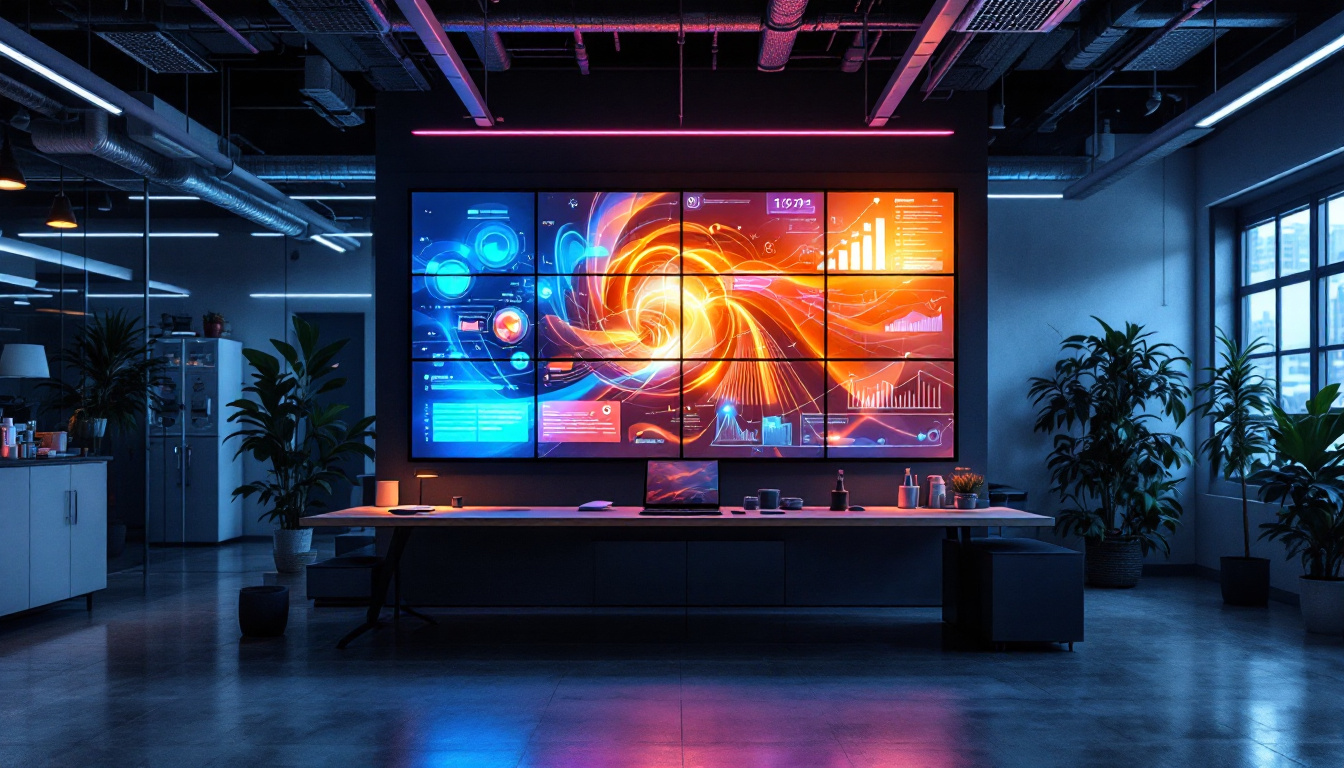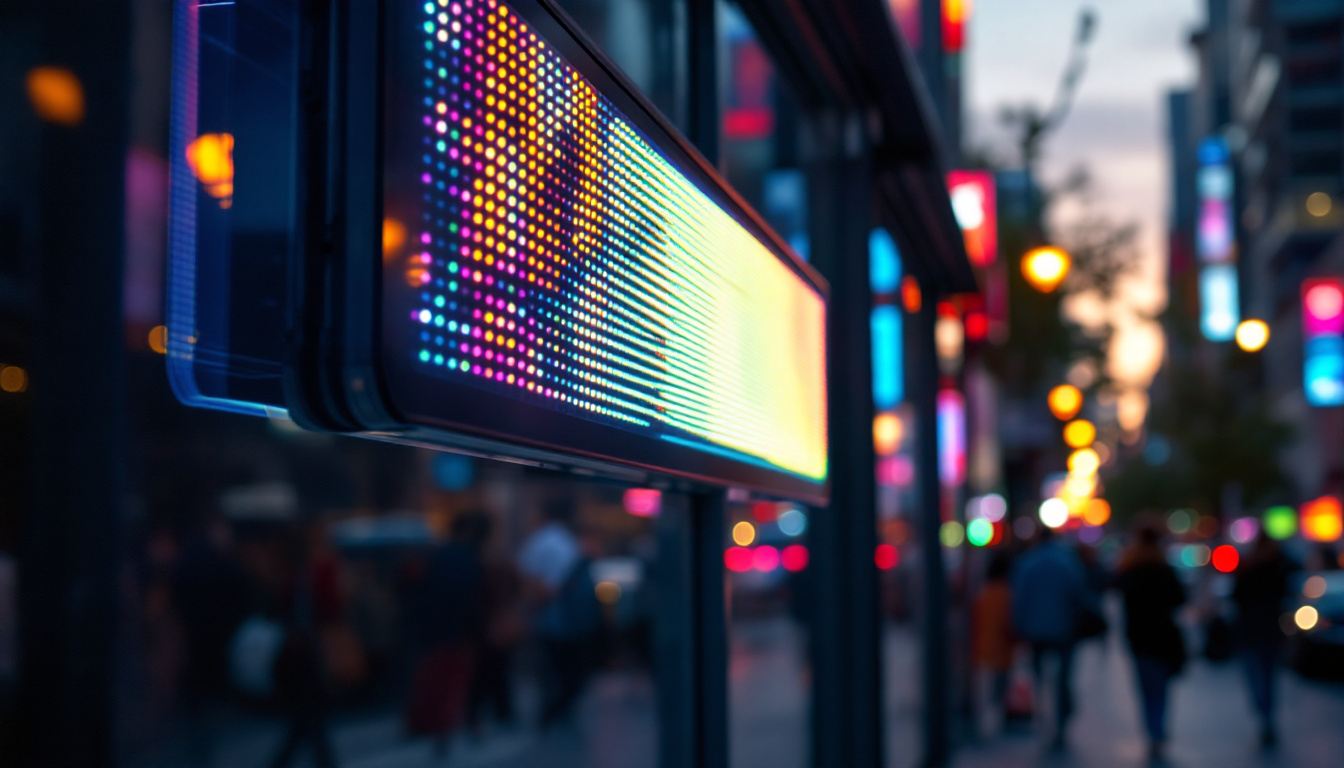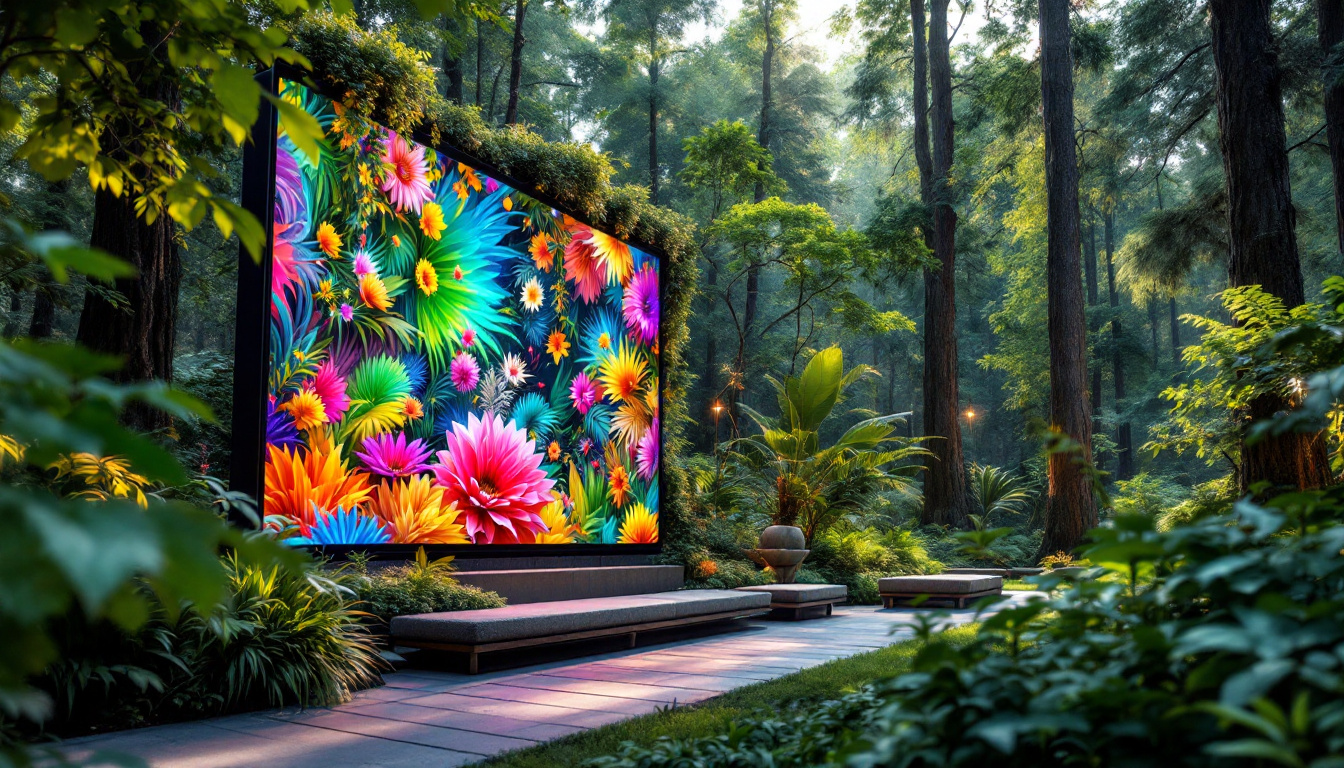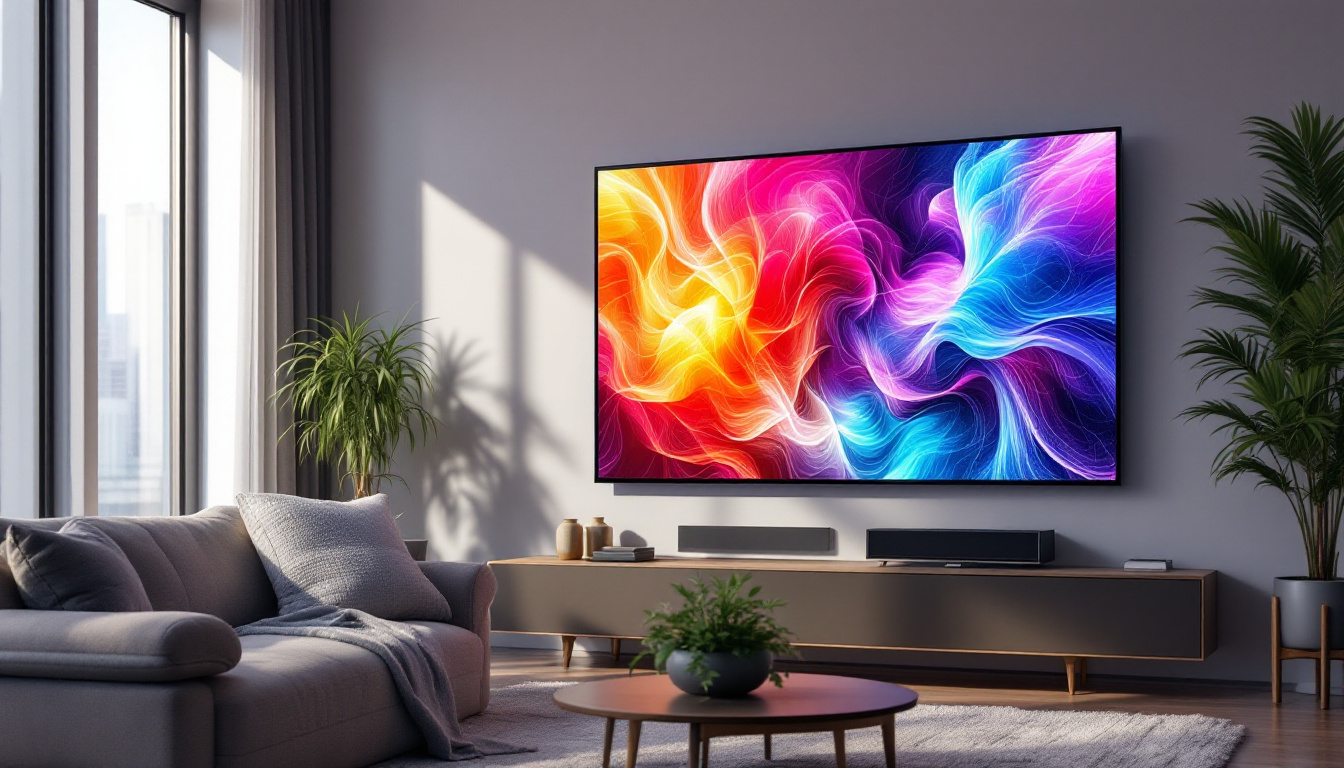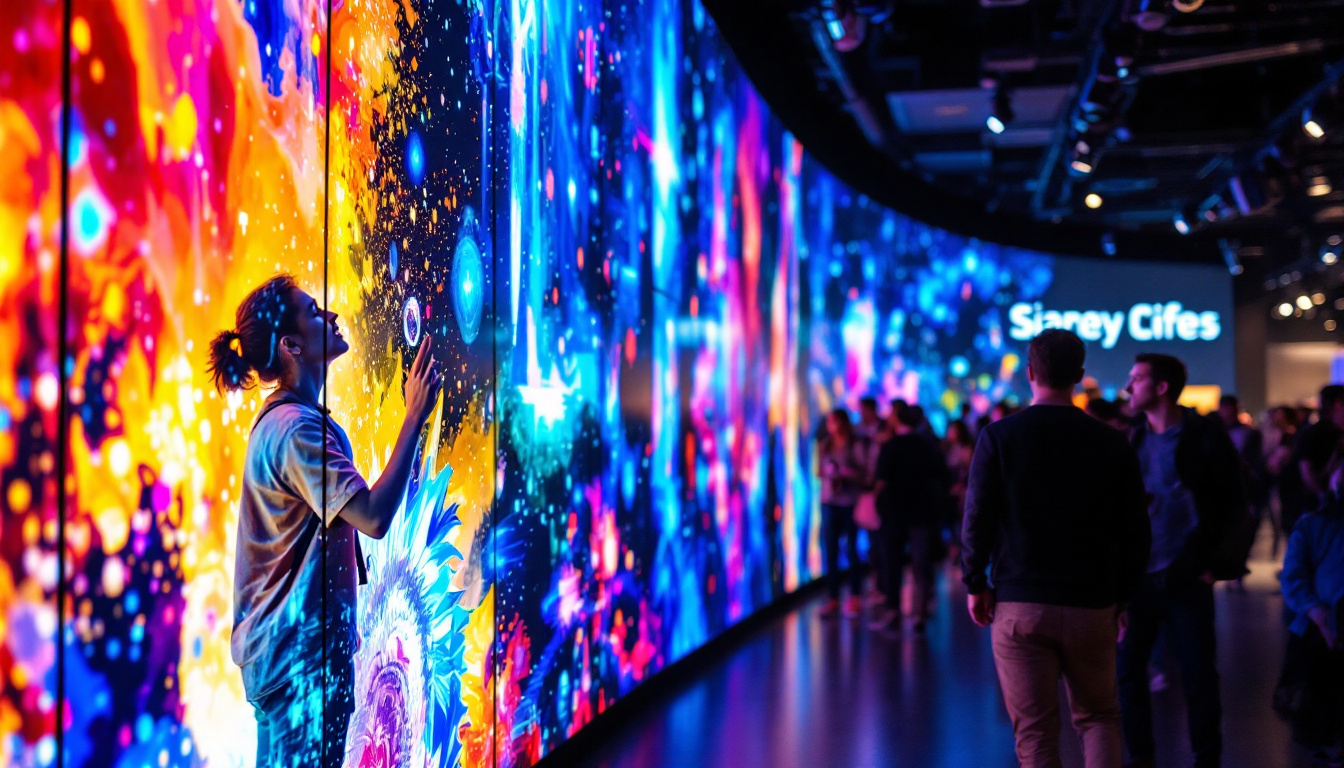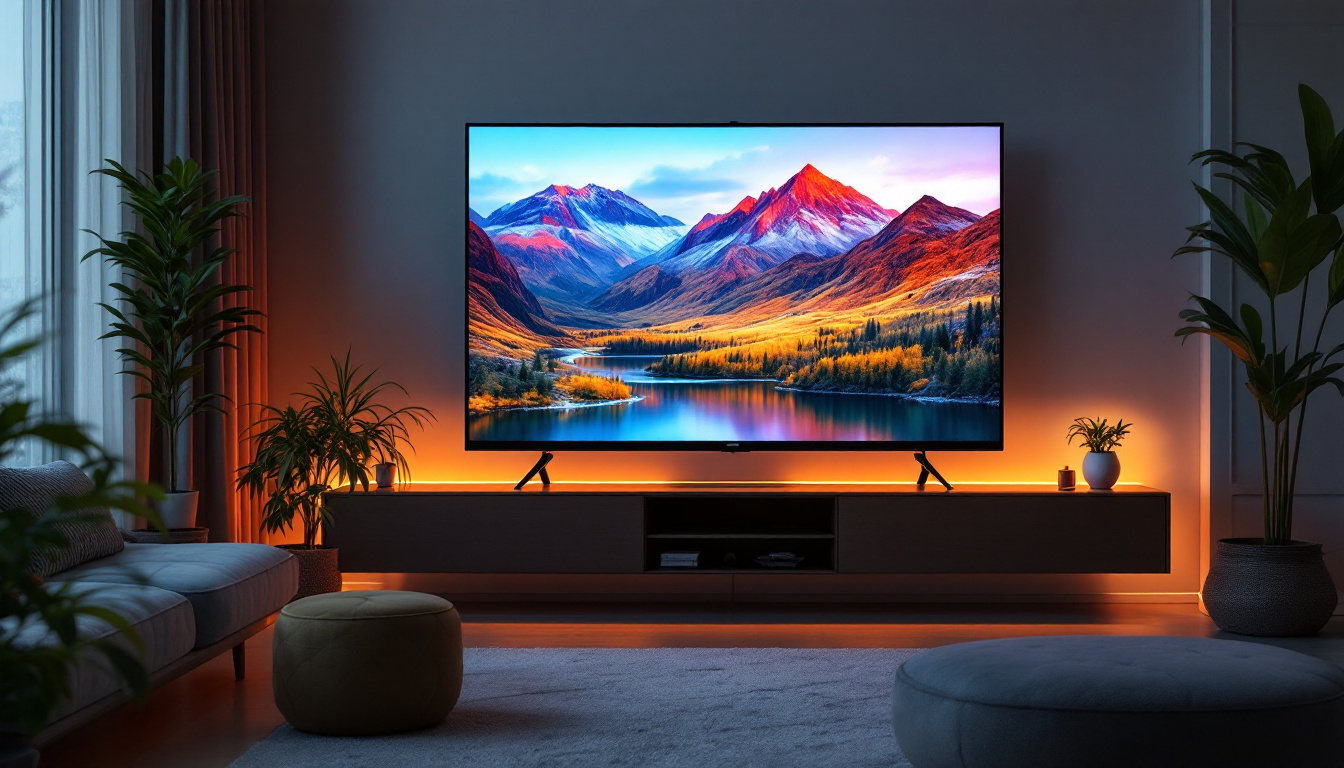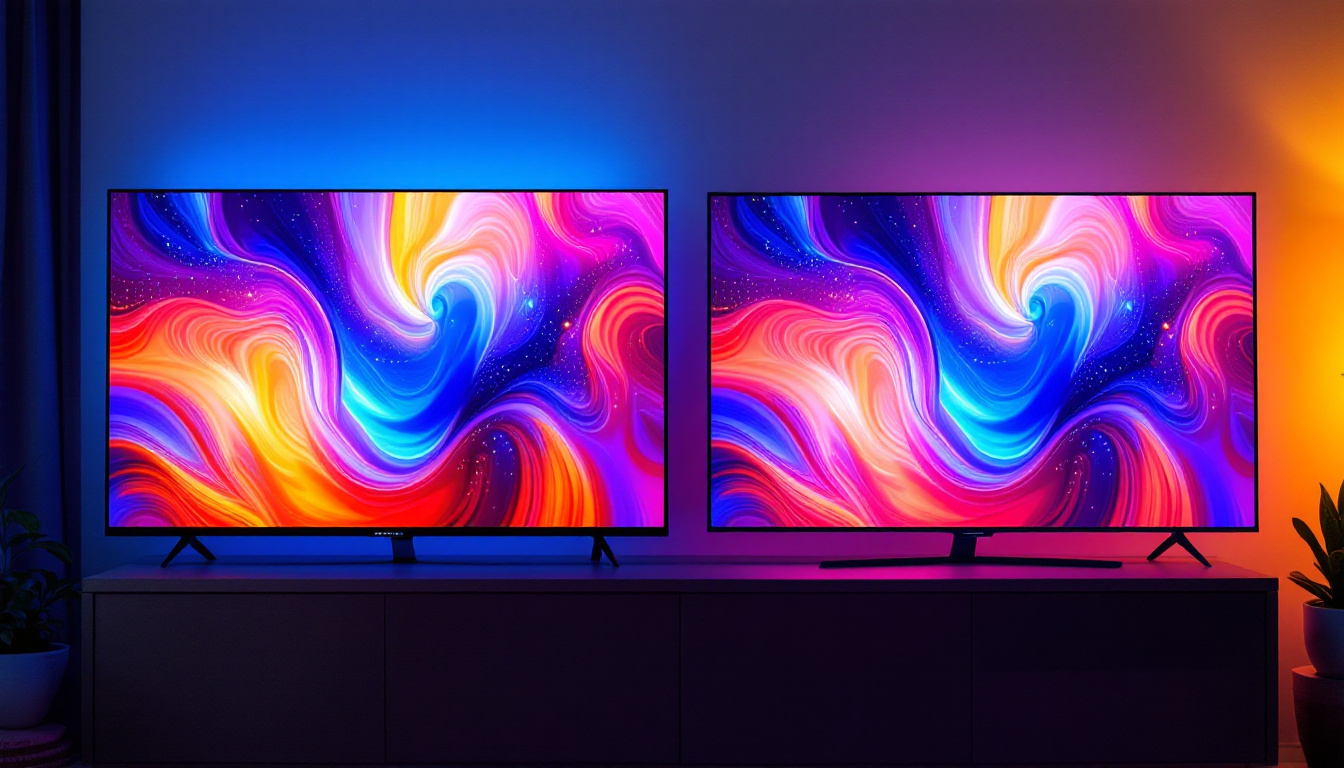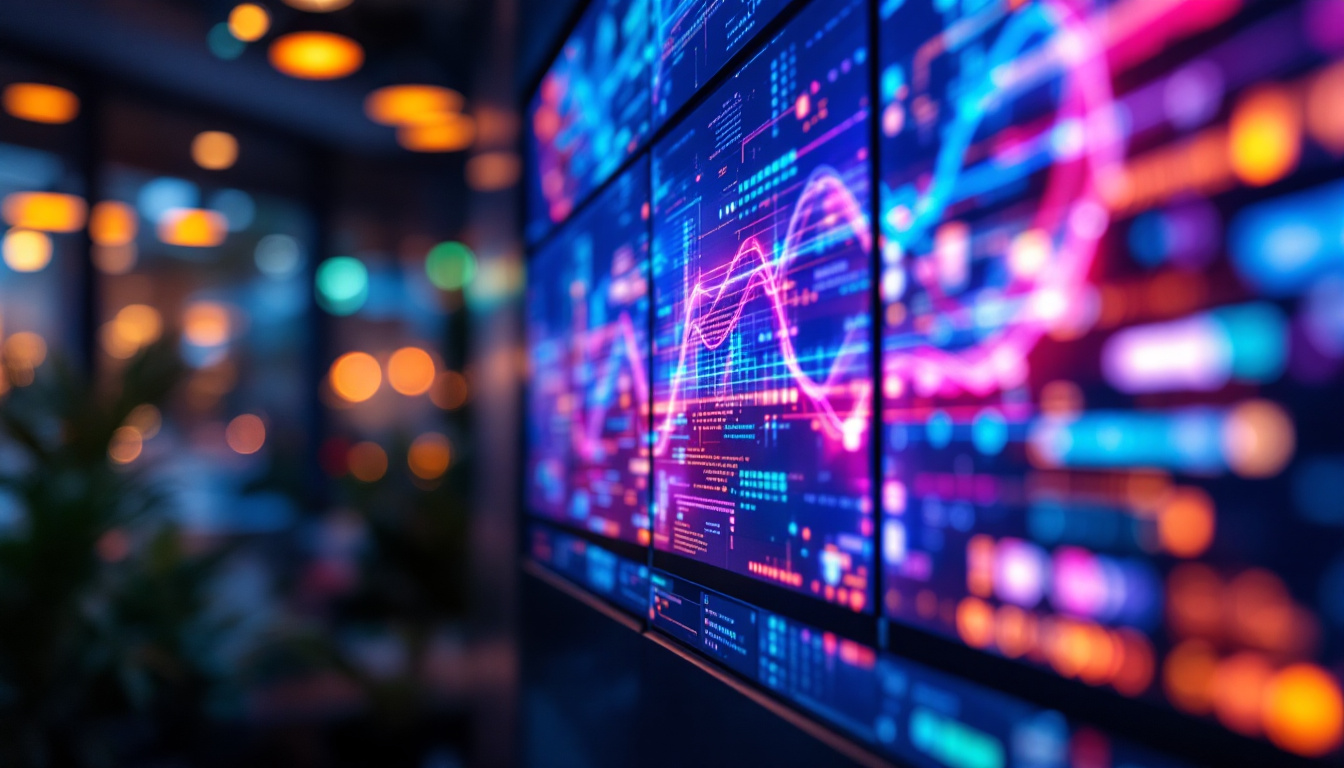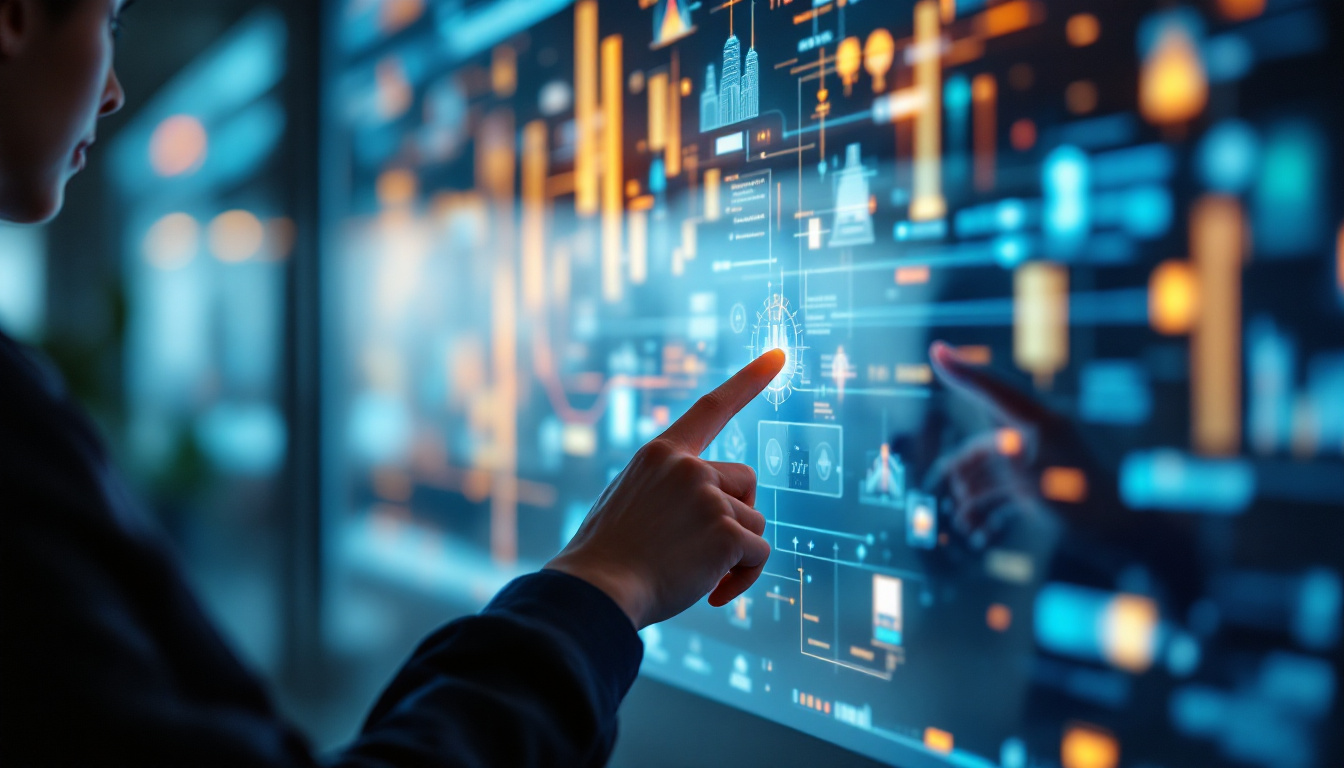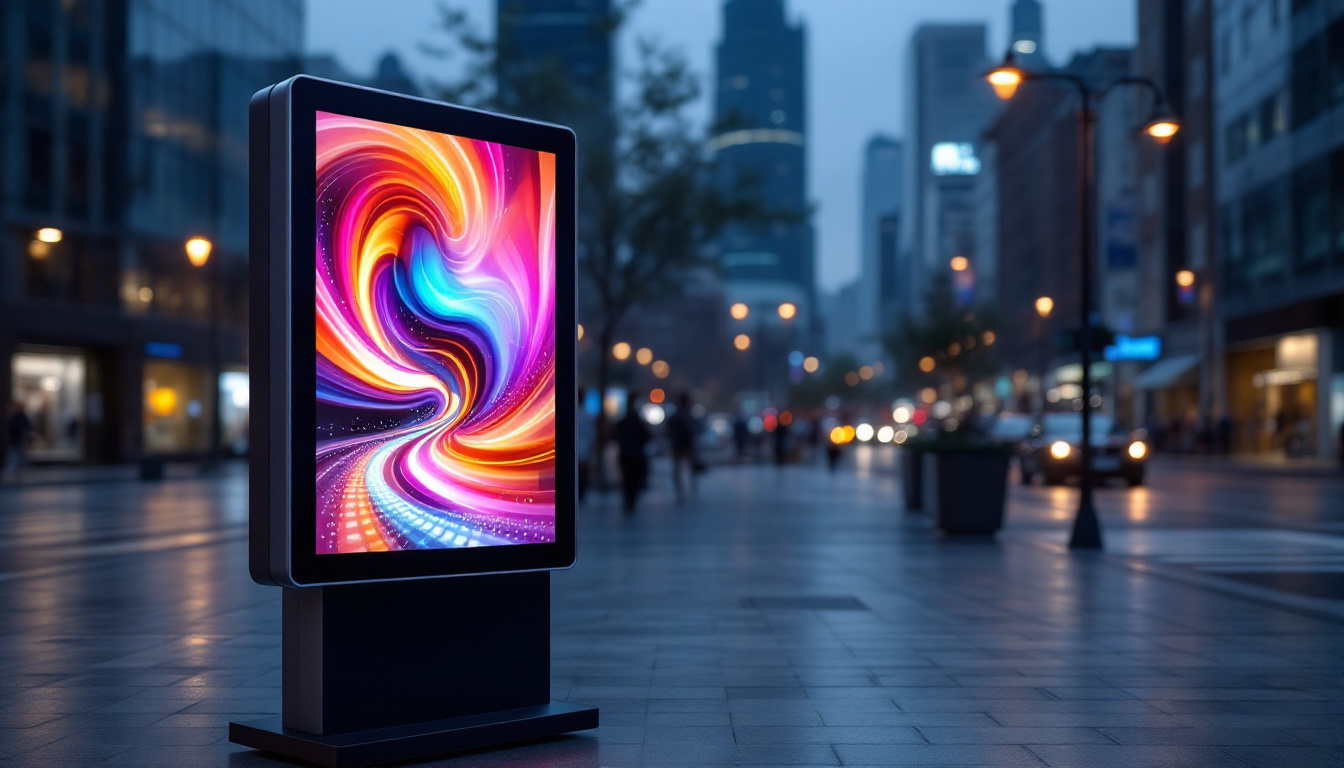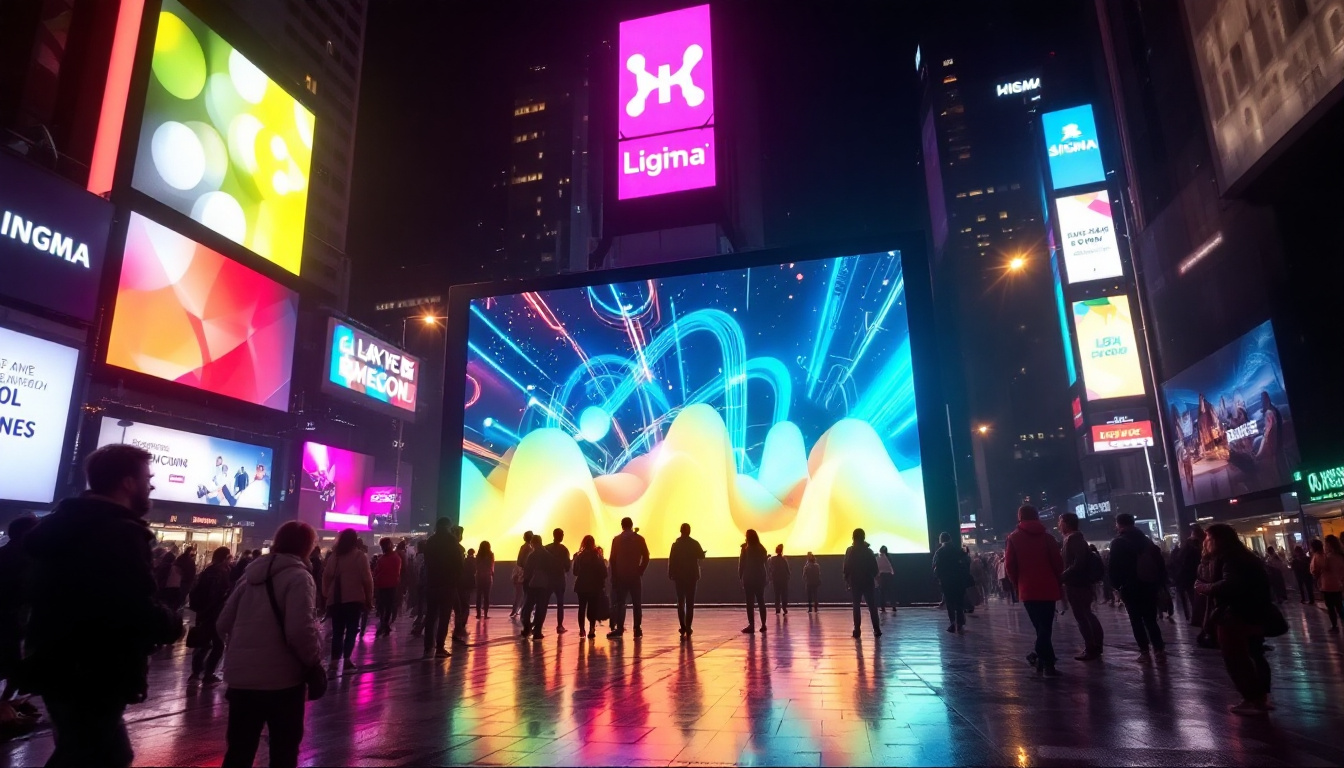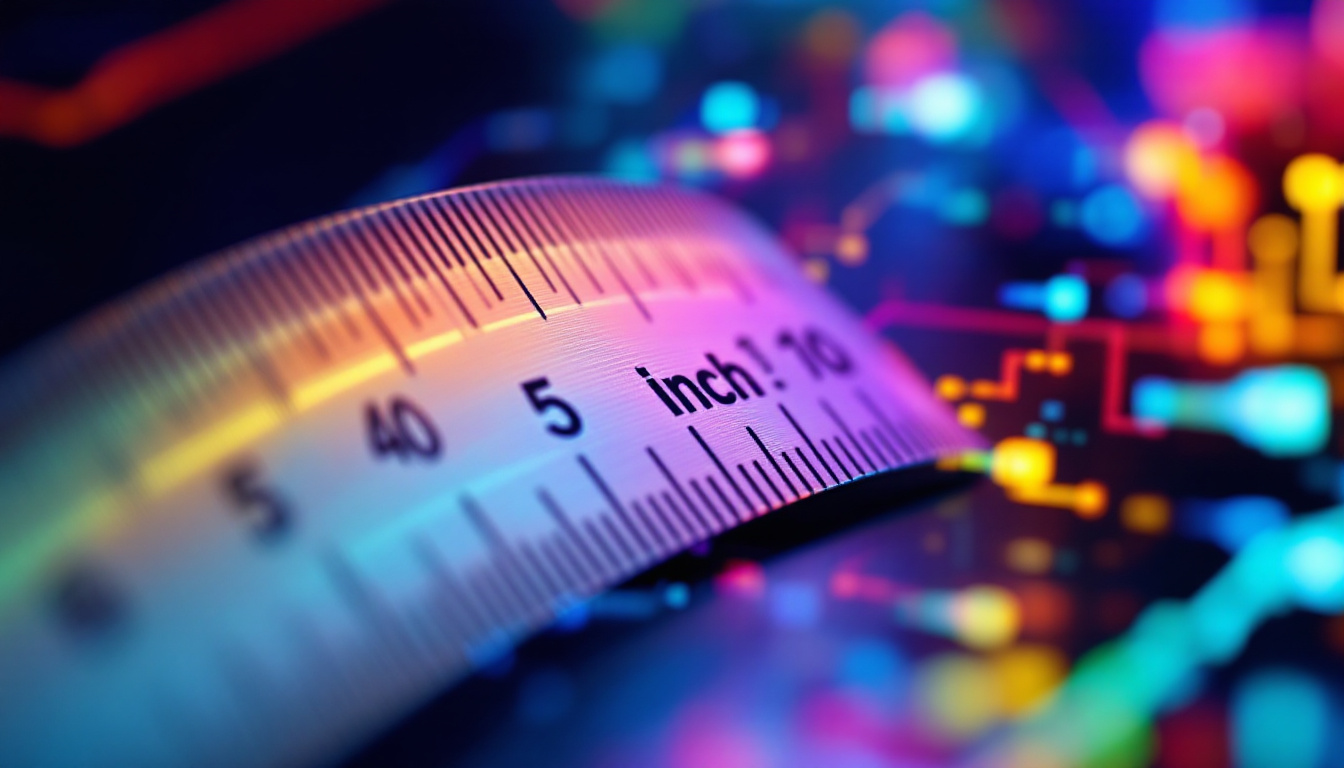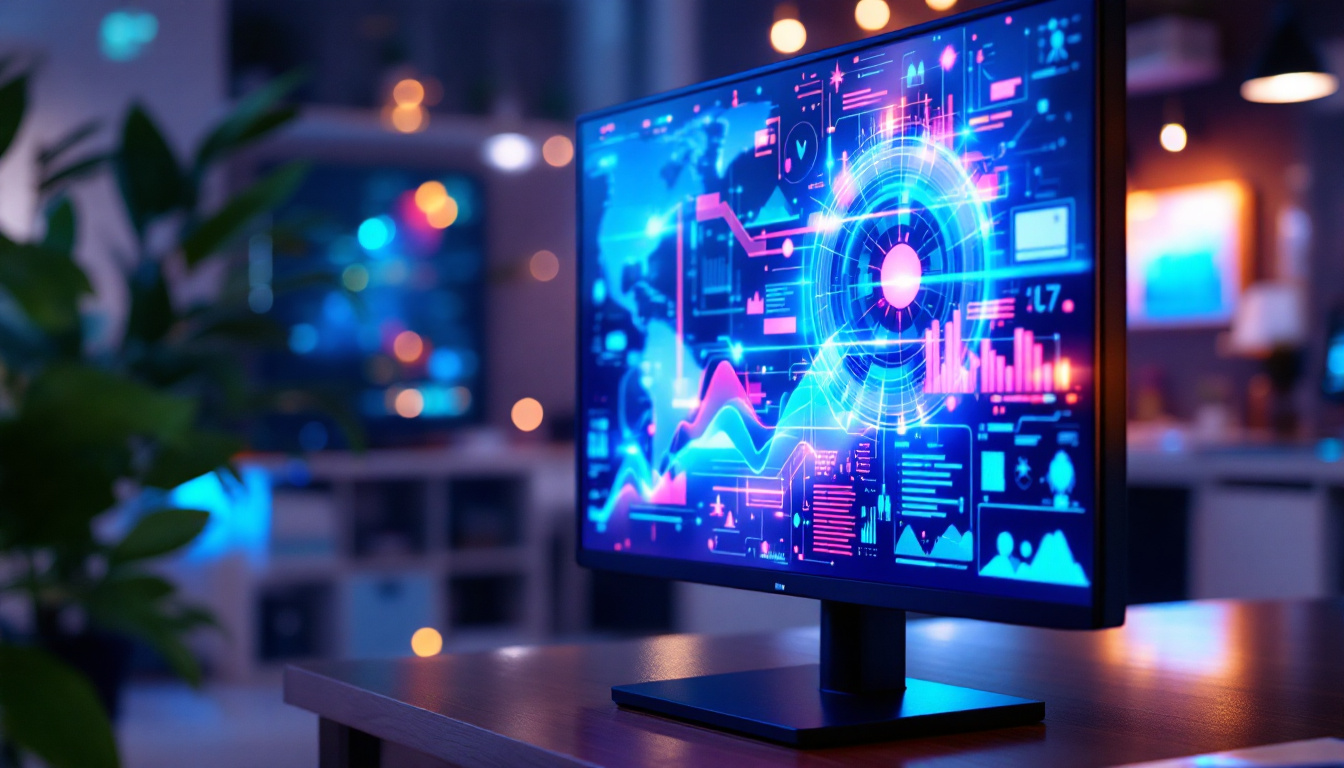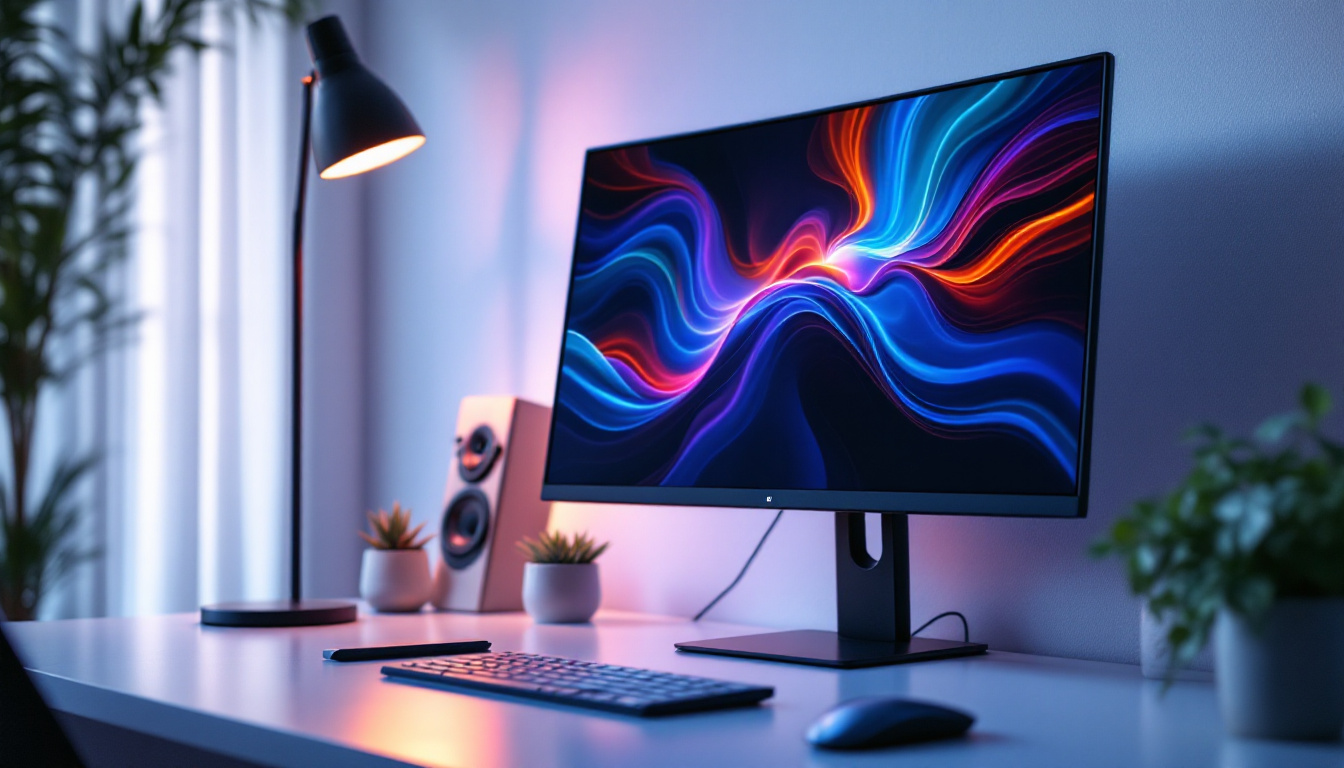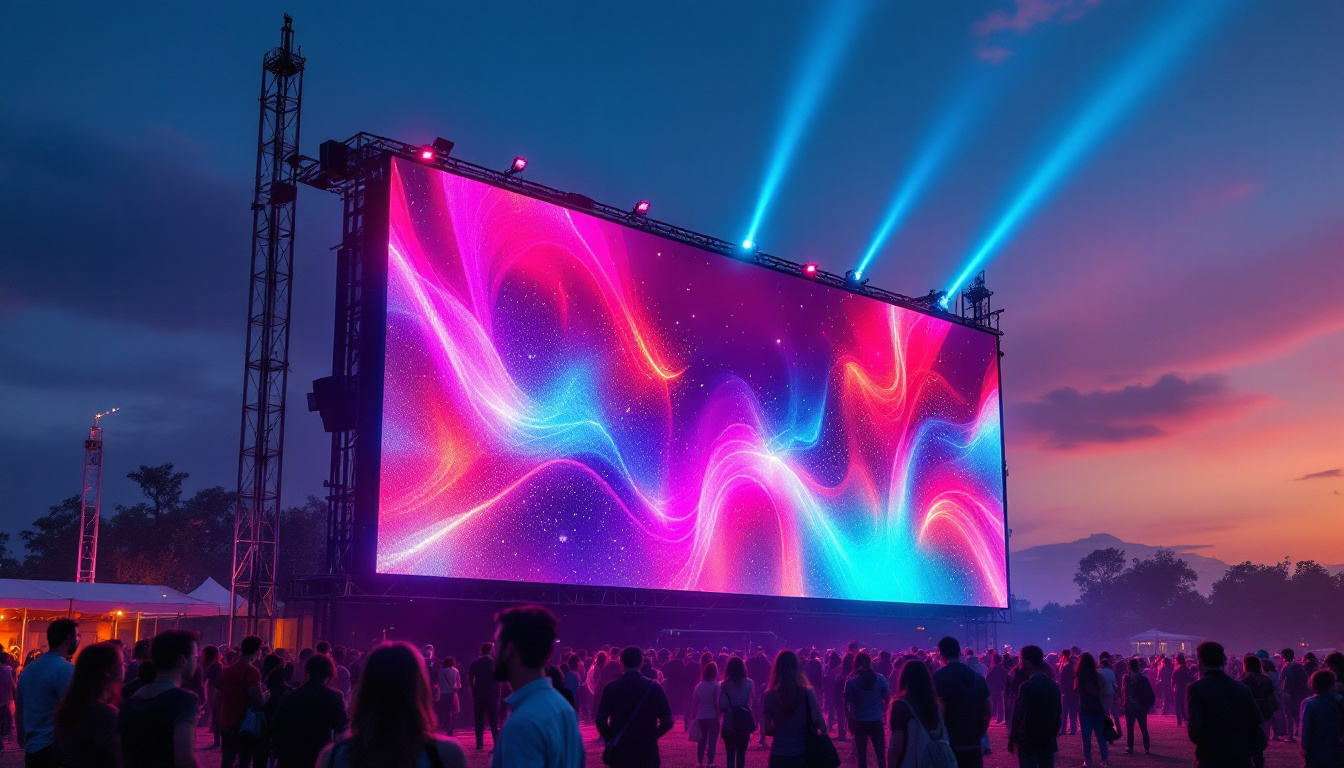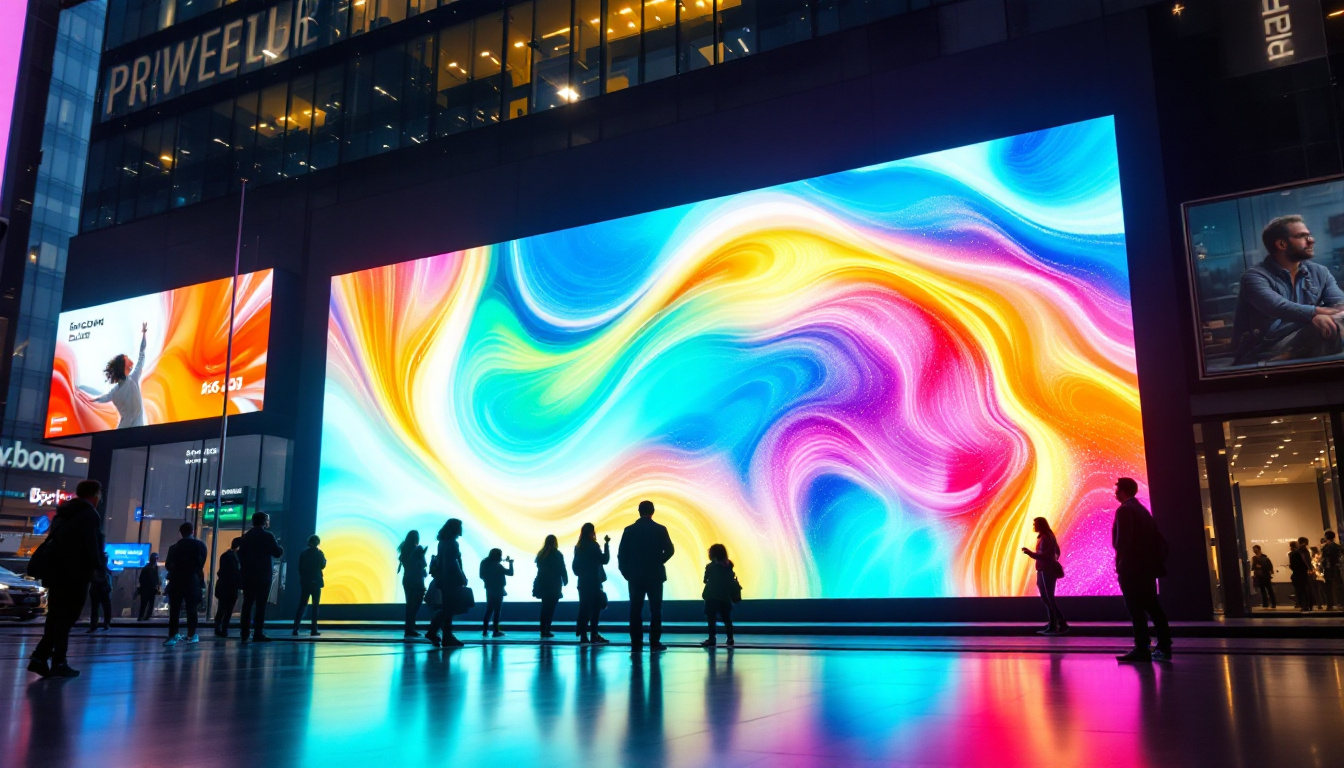In recent years, LED screen panels have revolutionized the way we experience visual media. From advertising billboards to indoor displays in shopping malls, these panels have become ubiquitous in modern society. This article delves into the intricacies of LED displays, exploring their technology, applications, and advantages.
Understanding LED Technology
LED stands for Light Emitting Diode, a semiconductor device that emits light when an electric current passes through it. This technology is at the heart of LED screen panels, allowing for vibrant colors and high brightness levels. But what makes LED displays stand out from traditional display technologies?
The Basics of LED Displays
LED displays consist of numerous tiny diodes arranged in a grid. Each diode emits light in red, green, or blue (RGB), and by varying the intensity of these colors, a full spectrum of colors can be produced. This RGB model is fundamental to creating vivid images and videos on LED screens. The precision with which these diodes can be controlled allows for remarkable clarity and detail, making LED displays particularly popular in settings where image quality is paramount, such as in concert venues and sports arenas.
One of the significant advantages of LED technology is its energy efficiency. Compared to traditional incandescent bulbs or even older display technologies like LCD, LEDs consume significantly less power while providing superior brightness and contrast. This efficiency not only reduces operational costs but also contributes to a lower environmental impact. Additionally, the longevity of LED lights—often lasting tens of thousands of hours—means less frequent replacements, further decreasing waste and maintenance costs over time.
Types of LED Displays
LED displays come in various types, each designed for specific applications. The most common types include:
- Direct View LED: These displays use individual LEDs to create images, making them ideal for large outdoor signage.
- LED Backlit LCD: This technology combines LCD screens with LED backlighting, enhancing color accuracy and brightness.
- Organic LED (OLED): OLED displays use organic compounds to emit light, allowing for thinner screens and better contrast ratios.
Each type has its unique advantages and is suited for different environments, from outdoor advertising to high-end home theaters. For instance, Direct View LEDs are often used in billboards and large-scale displays due to their ability to maintain visibility even in direct sunlight. On the other hand, OLED technology is gaining traction in consumer electronics, particularly in smartphones and televisions, because of its ability to produce deep blacks and a wider viewing angle. Furthermore, advancements in LED technology continue to emerge, such as MicroLED displays, which promise even greater resolution and flexibility, potentially revolutionizing the way we think about screens in the future.
Applications of LED Screen Panels
The versatility of LED screen panels has led to their widespread adoption across various industries. Their ability to deliver high-quality visuals makes them a preferred choice for numerous applications.
Advertising and Marketing
In the realm of advertising, LED displays have become a game-changer. digital billboards and signage can display dynamic content that captures the attention of passersby. Advertisers can easily update messages in real-time, allowing for targeted campaigns based on time of day or audience demographics.
Moreover, the brightness and clarity of LED displays ensure that advertisements remain visible even in direct sunlight, making them highly effective for outdoor marketing strategies. This adaptability has led to increased engagement and, ultimately, higher conversion rates for businesses.
Entertainment and Events
LED screen panels are also prevalent in the entertainment industry. Concerts, festivals, and sporting events often utilize large LED screens to enhance the audience’s experience. These displays can show live feeds, graphics, and animations, creating an immersive environment.
In addition to large venues, LED panels are increasingly used in smaller settings, such as theaters and corporate events. Their flexibility in size and shape allows for creative staging and presentations, making them a favorite among event planners.
Public Information Displays
LED displays serve an essential role in public information dissemination. Train stations, airports, and bus terminals use LED panels to provide real-time updates on schedules and delays. The clarity and visibility of these displays ensure that travelers receive timely information, which is crucial for smooth operations.
Furthermore, municipalities are adopting LED technology for public service announcements, emergency alerts, and community events. This use of LED displays enhances communication with the public, fostering a more informed community.
Advantages of LED Screen Panels
The growing popularity of LED screen panels can be attributed to their numerous advantages. Understanding these benefits can help businesses and organizations make informed decisions about their display needs.
Energy Efficiency
One of the most compelling advantages of LED technology is its energy efficiency. LED displays consume significantly less power than traditional display technologies, translating to lower electricity bills. This efficiency is particularly beneficial for businesses that operate large displays continuously, such as digital billboards or indoor advertising screens.
Moreover, the longevity of LED panels contributes to their overall cost-effectiveness. With a lifespan of up to 100,000 hours, these displays require less frequent replacements, further reducing maintenance costs.
High Brightness and Contrast
LED displays are known for their high brightness levels, making them suitable for various lighting conditions. Whether in a dimly lit room or under bright sunlight, LED panels maintain clarity and vibrancy, ensuring that content is easily visible.
The contrast ratio of LED displays is another notable advantage. With the ability to produce deep blacks and bright whites, these screens deliver stunning visuals that enhance the viewing experience. This quality is particularly important for applications that require precise color reproduction, such as graphic design and video production.
Versatility and Customization
LED screen panels are incredibly versatile, available in various sizes, shapes, and resolutions. This adaptability allows for customized solutions tailored to specific needs. For instance, businesses can choose from modular designs that enable them to create larger displays by combining multiple panels.
Additionally, the flexibility of LED technology allows for creative installations. Curved or irregularly shaped displays can be designed to fit unique spaces, providing opportunities for innovative advertising and artistic expression.
Challenges and Considerations
While LED screen panels offer numerous benefits, there are also challenges and considerations to keep in mind. Understanding these factors is crucial for making informed decisions about LED technology.
Initial Costs
One of the primary challenges associated with LED displays is the initial investment. Although prices have decreased in recent years, high-quality LED panels can still be expensive compared to traditional display technologies. Businesses must weigh the upfront costs against the long-term savings associated with energy efficiency and durability.
However, many organizations find that the return on investment justifies the initial expenditure, particularly when considering the enhanced visibility and engagement that LED displays provide.
Maintenance and Upkeep
While LED displays are known for their longevity, they still require regular maintenance to ensure optimal performance. Dust, dirt, and environmental factors can affect the clarity and brightness of the display over time. Organizations must establish maintenance schedules to clean and inspect their LED panels regularly.
Additionally, technical issues may arise, necessitating professional repair services. Having a plan in place for maintenance and potential repairs is essential to minimize downtime and maintain the display’s effectiveness.
Environmental Impact
Although LED technology is more energy-efficient than traditional displays, the environmental impact of manufacturing and disposing of electronic devices is a concern. Organizations should consider sustainable practices when investing in LED technology, such as recycling old displays and choosing manufacturers that prioritize eco-friendly production methods.
The Future of LED Display Technology
The future of LED display technology looks promising, with ongoing advancements that continue to enhance performance and expand applications. As technology evolves, several trends are emerging that will shape the future of LED displays.
Advancements in Resolution
As consumer demand for higher-quality visuals increases, manufacturers are focusing on improving the resolution of LED displays. The advent of microLED technology, which utilizes tiny individual LEDs, promises to deliver even greater pixel density and color accuracy. This advancement will likely lead to the development of displays that are indistinguishable from reality, providing immersive experiences in various applications.
Integration with Smart Technology
Another trend is the integration of LED displays with smart technology. As the Internet of Things (IoT) continues to grow, LED panels will likely become interconnected with other devices, allowing for more dynamic content delivery and real-time updates. This integration will enhance the functionality of LED displays, making them even more valuable for businesses and organizations.
Increased Use in Virtual and Augmented Reality
As virtual and augmented reality technologies gain traction, LED displays will play a crucial role in creating immersive experiences. High-resolution LED panels can be used in VR and AR applications to provide realistic visuals that enhance user engagement. This trend opens up new possibilities for industries such as gaming, education, and training.
Conclusion
LED screen panels have transformed the landscape of visual communication, offering unparalleled brightness, energy efficiency, and versatility. Their applications span various industries, from advertising to public information displays, making them an essential tool in modern society.
While challenges such as initial costs and maintenance exist, the advantages of LED technology far outweigh the drawbacks. As advancements continue to shape the future of LED displays, businesses and organizations that embrace this technology will be well-positioned to enhance their visual communication strategies.
In a world where visual engagement is paramount, LED screen panels stand out as a beacon of innovation, illuminating the path to a brighter, more connected future.
Illuminate Your Space with LumenMatrix
Ready to elevate your visual communication with the brilliance of LED technology? Discover LumenMatrix’s comprehensive range of LED display solutions, designed to captivate and engage your audience. From vibrant Indoor LED Walls to dynamic Outdoor Displays and beyond, LumenMatrix is committed to enhancing your brand’s presence. Experience the future of digital signage with our innovative LED Sports Displays, immersive Floor LEDs, and the sleek, versatile All-in-One LED Displays. Check out LumenMatrix LED Display Solutions today and transform your space into a beacon of visual excellence.

